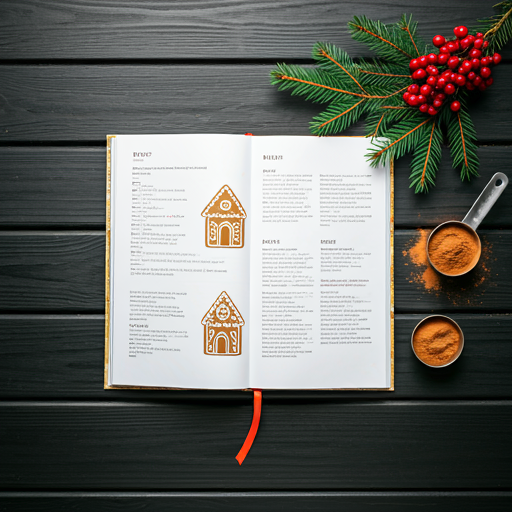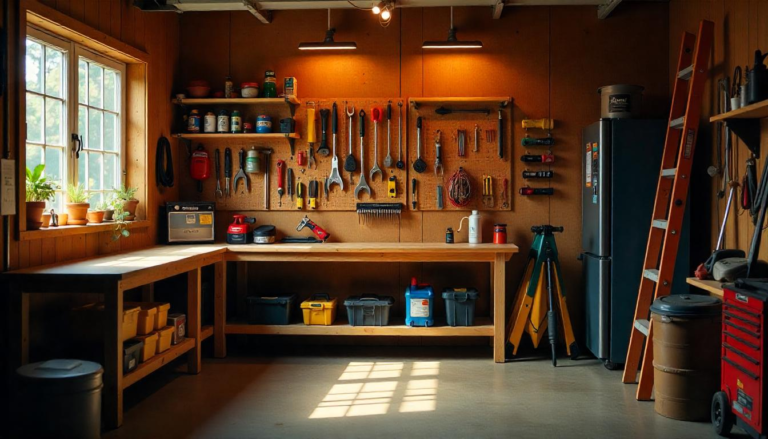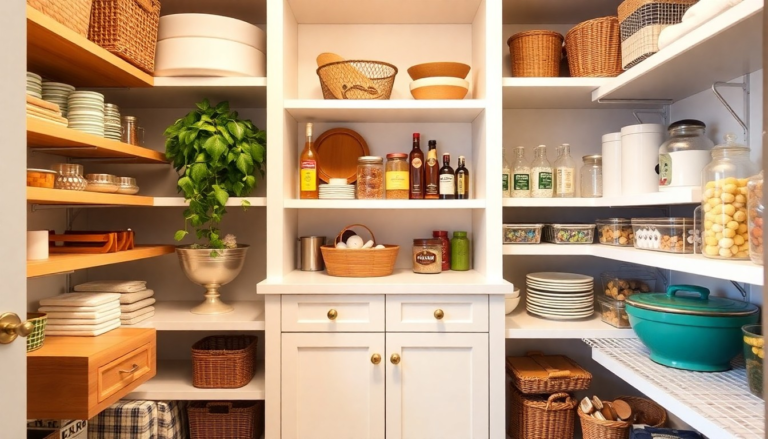13 Clever Carpet Transition Strips For A Seamless Look

Carpets are a popular choice for flooring in homes, and for good reason.
They’re comfortable to walk on, they help to keep your feet warm, and they can add a lot of style to a room.
However, there are times when you’ll want to use something other than carpet in a room.
Perhaps you want to use tile in the kitchen, or you want to use hardwood in the living room.
When you’re using two different types of flooring in adjacent rooms, you’ll need a carpet transition strip to create a smooth, seamless look.
1. Use a T-Molding Transition
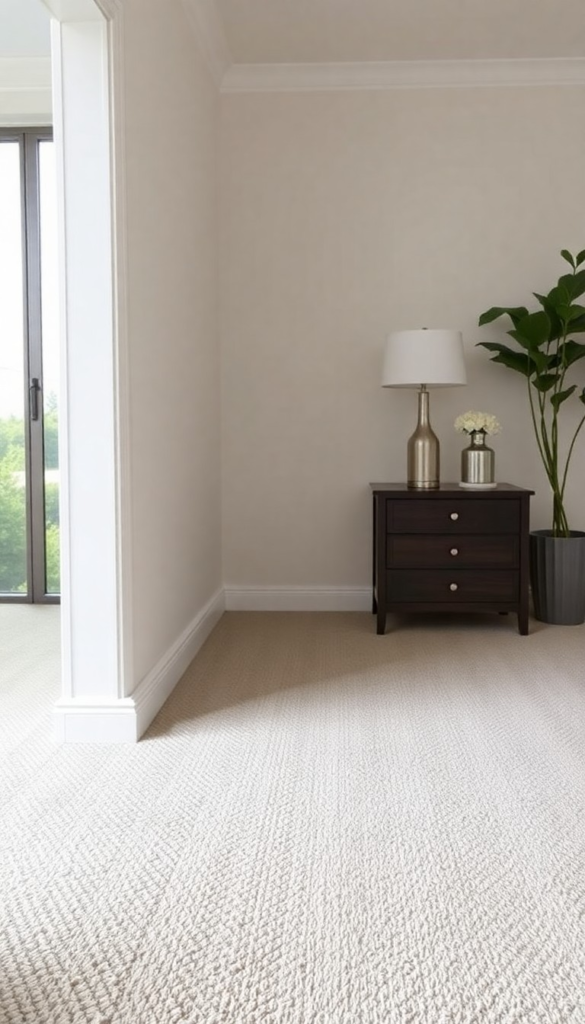
A T-molding transition is the perfect solution for two rooms that are the same level, but have different flooring.
It’s called a T-molding transition because it is shaped like a “T” and is used to bridge the gap between two floors of the same height.
This type of transition is typically used in doorways to create a seamless look between the two different types of flooring.
2. Use a Tack Strip as a Transition
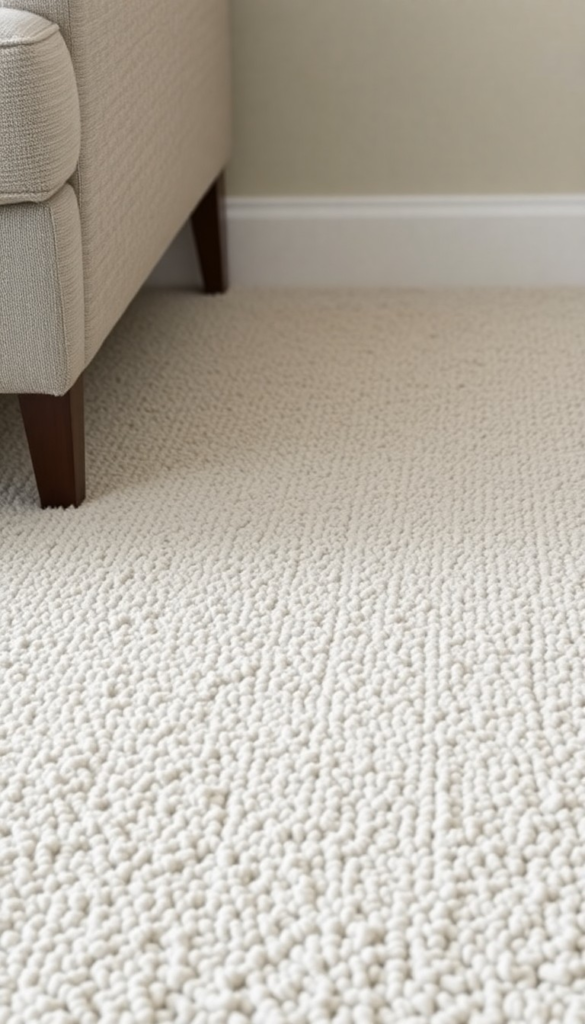
Tack strips are used to hold carpet in place, but you can also use them as a transition strip.
This is a great option if you have a lot of extra tack strips on hand and want to save money on a new transition strip.
To use a tack strip as a transition strip, simply cut it to the length you need. You can also paint the tack strip to match your flooring.
If you don’t have any extra tack strips, you can purchase them at your local home improvement store.
3. Use a Water Resistant Transition
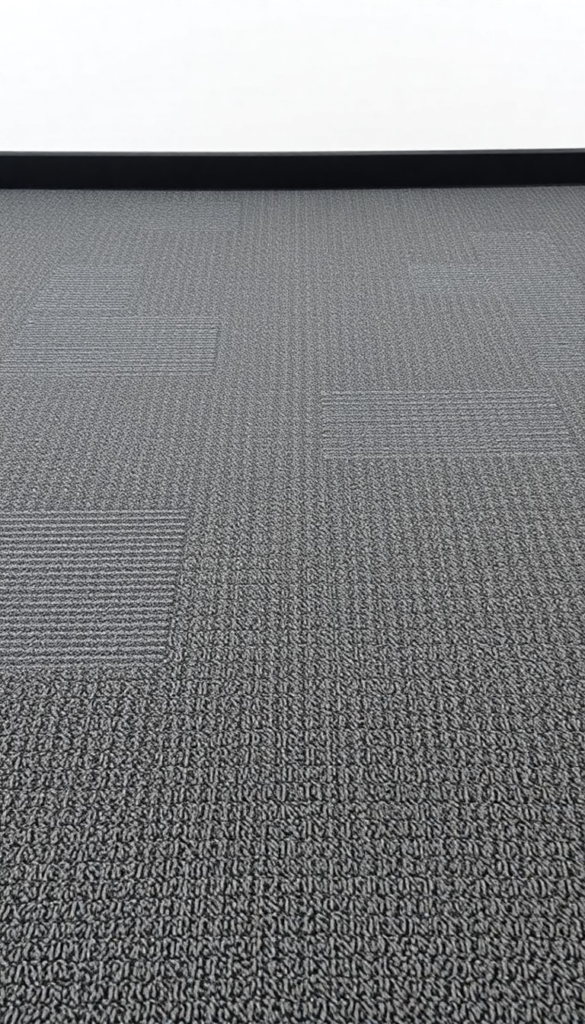
If you’re installing carpet in a basement or bathroom where moisture could be an issue, consider using a water resistant transition strip.
This T-molding is designed to be used between two hard surfaces of the same height, but it works just as well between carpet and hard flooring.
The top of the transition strip is flat so the carpet can be tucked underneath and the bottom of the transition strip has a track that holds the hard flooring in place.
This is a great way to create a seamless look between carpet and tile or vinyl flooring in a moisture-prone space.
4. Use a Metal Carpet Edge
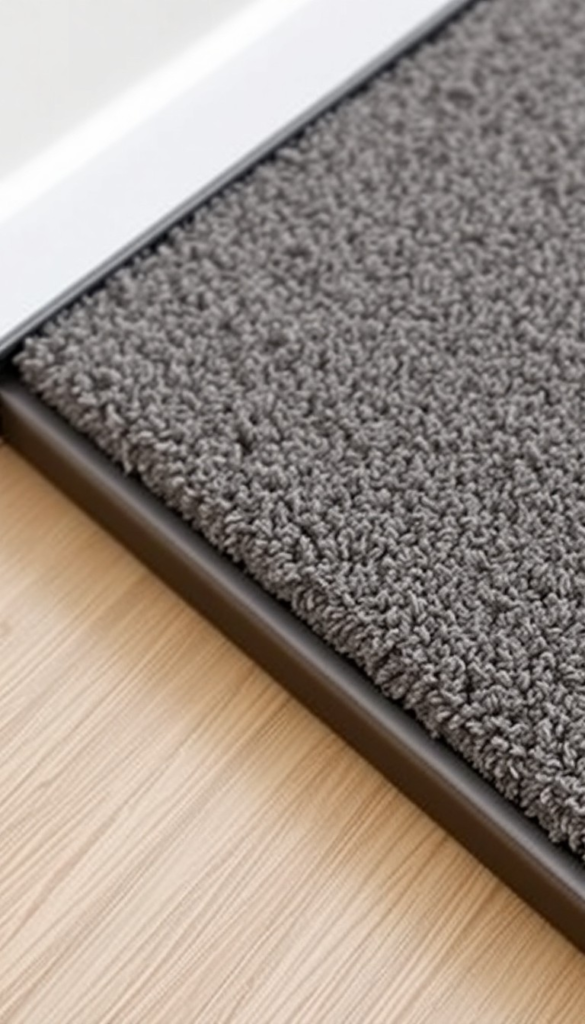
If you want a more modern look, a metal carpet edge is the way to go.
These strips are designed to fit seamlessly over your carpet and come in a variety of finishes, like silver, gold, and bronze.
You can also choose from straight edges or sloped edges, depending on the look you’re going for.
These strips are easy to install and give your floors a clean, polished look.
5. Use a Carpet End Cap
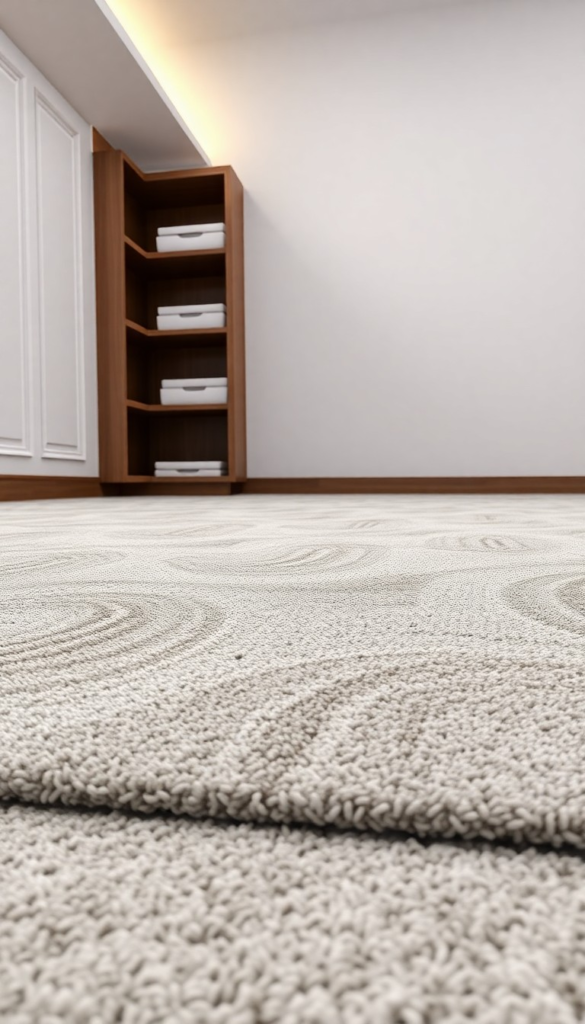
If you want a polished look to your carpet transition, an end cap is a great choice.
This strip is made of aluminum and comes in a variety of finishes, so you can match it to your carpet and flooring.
This is a great option if you have a flooring transition in a high-traffic area, as it’s designed to protect the edges of your flooring.
6. Use a Threshold Strip
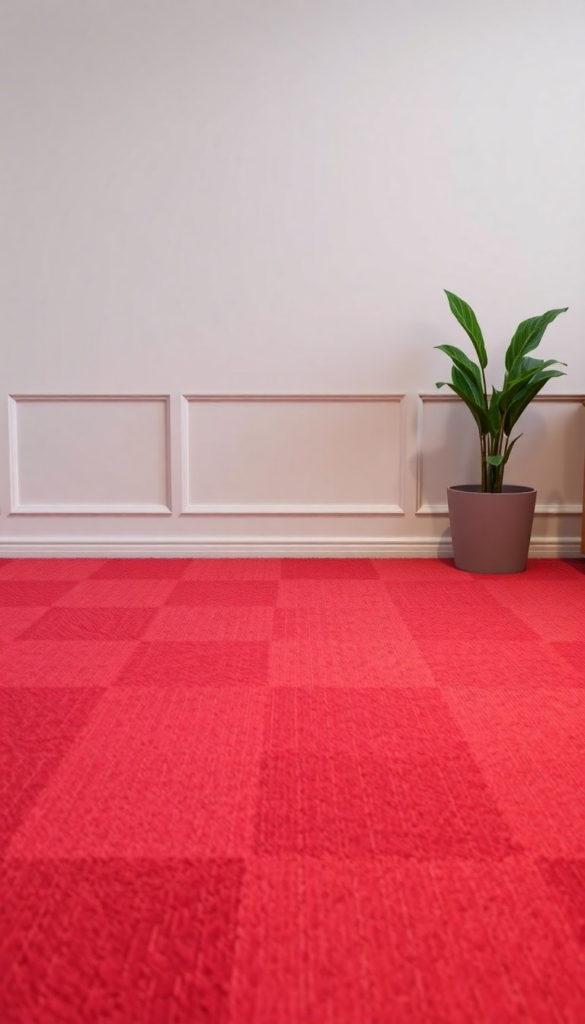
If you’re transitioning from a room with carpet to one with hardwood, a threshold strip is a great option.
This strip is installed directly into the floor and provides a smooth transition from one room to the next.
Threshold strips can be used to transition between two rooms with the same type of flooring, or to create a seamless look when transitioning between different types of flooring.
This threshold strip from M-D Building Products is made of aluminum and is available in three finishes: silver, satin nickel, and hammered gold.
The strip is 72 inches long and can be easily cut to fit the length of your doorway.
7. Use a Stair Nosing
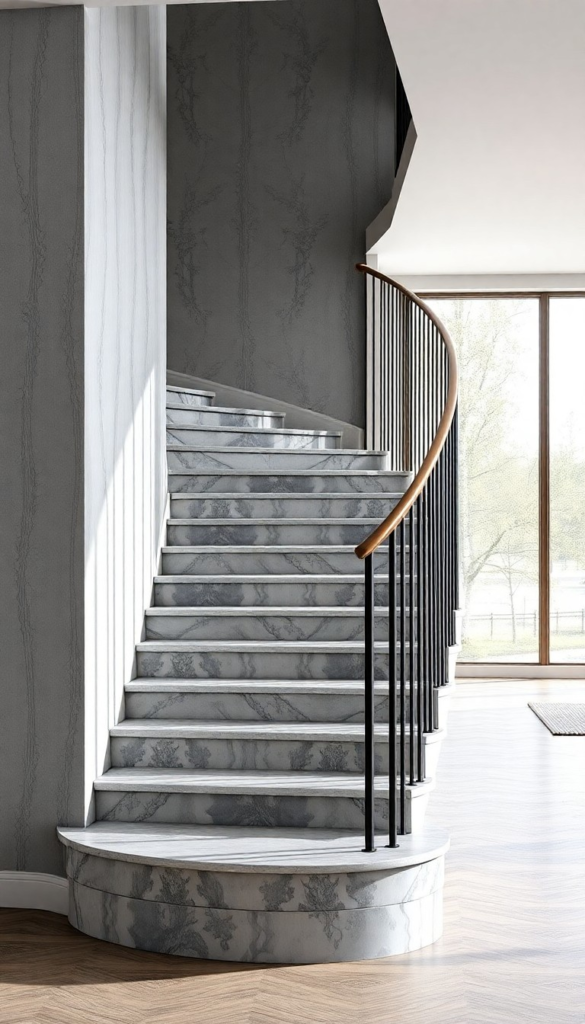
If you’re transitioning from a room with carpet to a room with a hard surface and there are stairs involved, a stair nosing is the perfect transition piece.
Stair nosings are L-shaped and are installed over the edge of the stair to provide a clean, finished look.
This stair nosing from TrafficMaster is made of aluminum with a satin nickel finish and can be used to transition from carpet to hardwood, laminate, vinyl, or tile.
It’s also available in a few different finishes and can be installed using adhesive or screws.
8. Use a Wall Hugger Strip
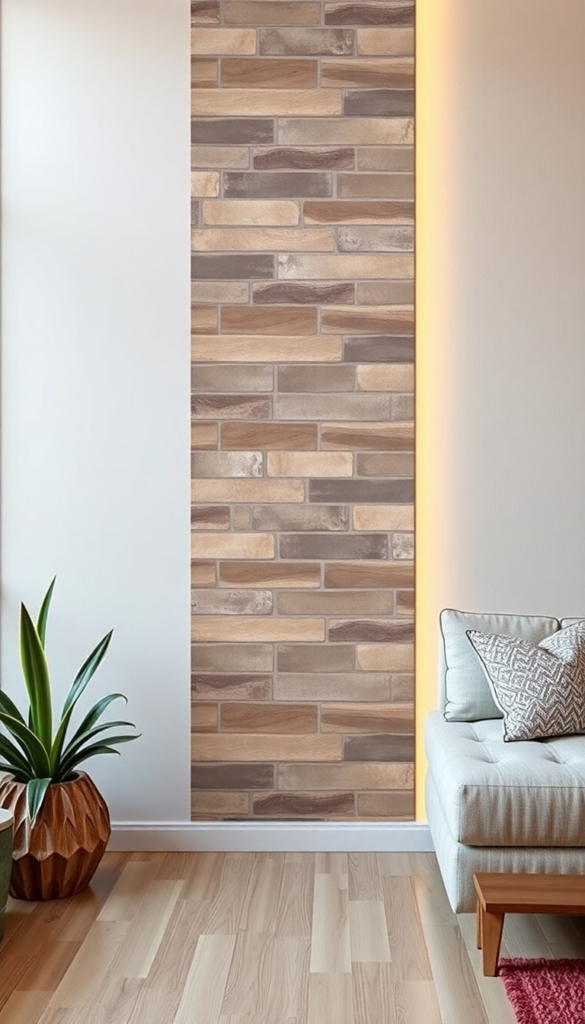
If you have carpet and baseboard and you’re not planning on installing a new floor, you can use a wall hugger strip.
This transition strip fits neatly under the baseboard, so you can’t see it from the top.
It has a lip that covers the edge of the carpet and holds it in place.
Wall hugger strips are a great option for carpet-to-carpet transitions, too.
Use a wall hugger strip to join two carpets of the same height or one that has a reducer lip to accommodate different carpet heights.
9. Use a Corrugated Carpet Transition
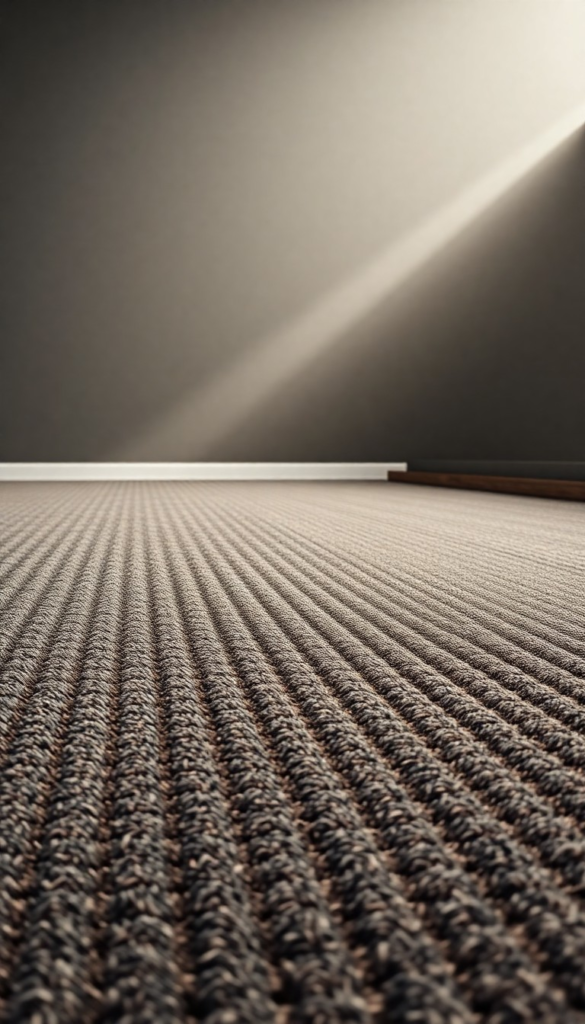
Corrugated carpet transitions are designed to look like a piece of corrugated metal.
They are made of metal and have a silver finish, but are not actually corrugated.
This design is a great option for modern homes or industrial-style spaces.
You can use a corrugated carpet transition to connect two pieces of carpet, or to connect carpet to another type of flooring.
This option is available in multiple widths, so you can choose the size that works best for your space.
10. Use a Carpet Cove Base
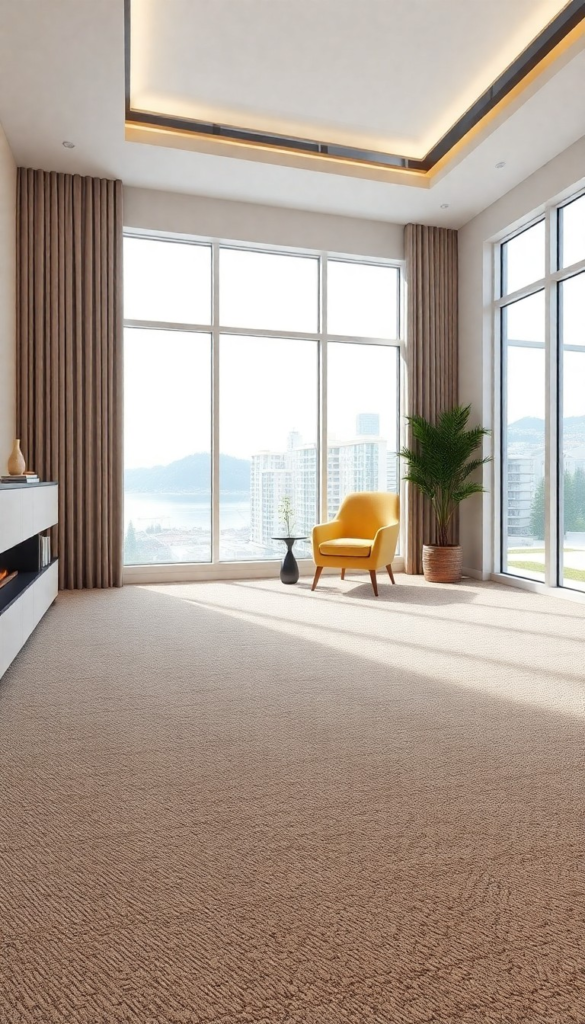
Carpet cove base is a lot like vinyl cove base, but it’s made specifically for carpet.
It’s a flexible, plastic strip that comes in a variety of colors that can be matched to your carpet.
It’s a great option if you’re trying to create a seamless look between your carpet and baseboards.
To install a carpet cove base, simply adhere it to the wall with a strong adhesive.
The top of the strip will cover the edge of the carpet, creating a nice, finished look.
11. Use a Carpet to Tile Transition Strip with a Wood Look
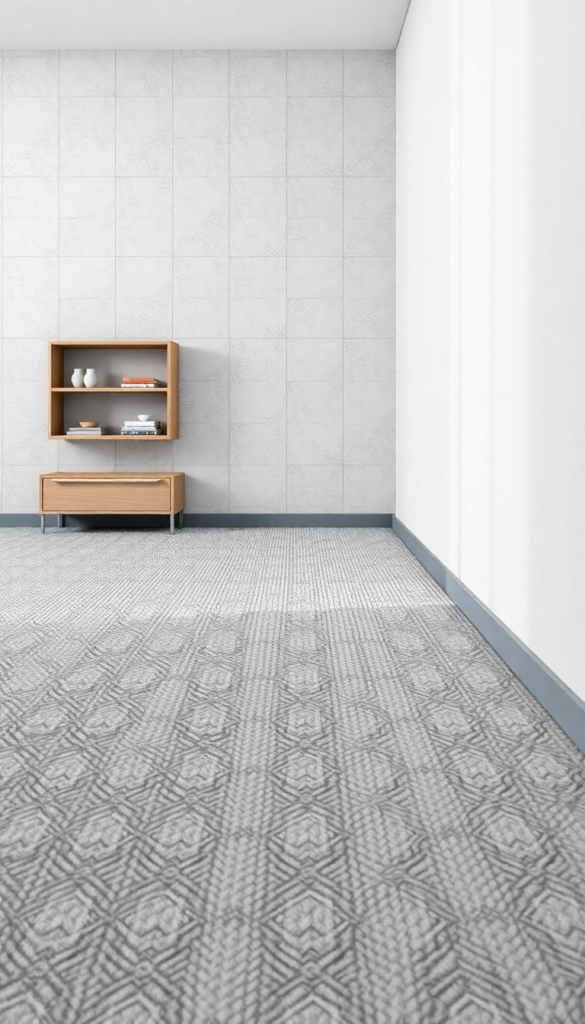
If you have wood floors in the next room, a carpet to tile transition strip with a wood look is a great option.
This threshold from TrafficMaster is made of metal, so it’s durable and will last a long time.
The top of the threshold has a wood grain pattern, so it looks like a natural extension of the wood floor.
You can find these wood look transition strips in a variety of wood species and stains. That way, you can find the perfect match for your floors.
I love that this transition strip has a low profile, so it’s barely noticeable.
12. Use a Carpet to Hardwood Transition Strip with a Metal Look
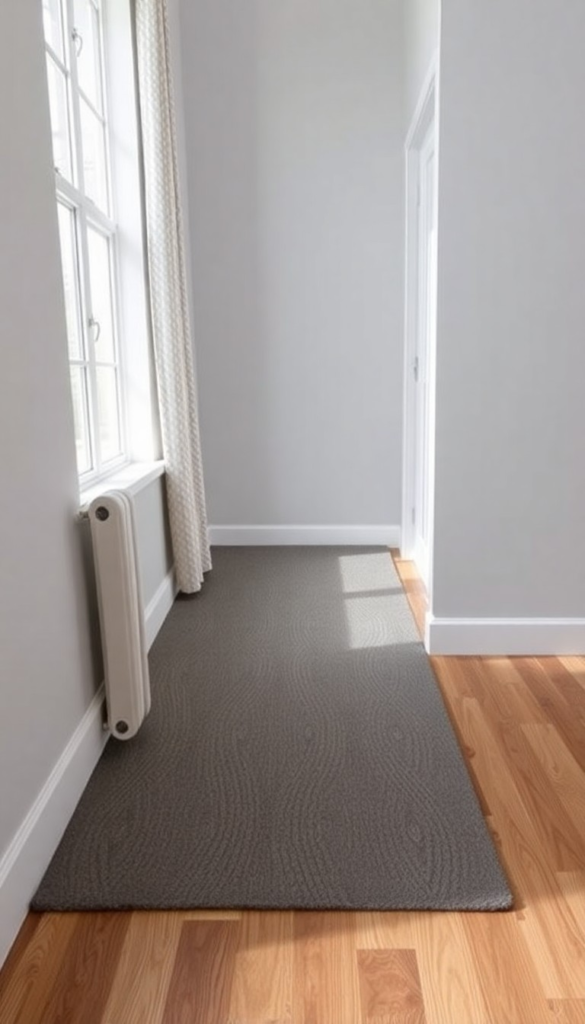
If you like the idea of a metal strip but prefer not to have the entire strip be metal, you might like the look of these transition strips with a metal top.
The metal top adds a bit of elegance to the strip, and the teeth on the bottom of the strip help to hold the carpet in place.
This option is a great way to add a touch of metal without it being the main focus of your strip.
13. Use a Carpet to Tile Transition Strip with a Metal Look
When it comes to carpet to tile transition strips, there’s no rule that says they have to be boring.
If you want to add a touch of elegance to your space, consider using a transition strip with a metal look.
You can find metal transition strips in a variety of finishes, including brass, bronze, and silver.
These strips can be used to create a sleek, modern look, or to add a touch of warmth to your space.
Conclusion
Carpet transition strips are a great way to keep your home looking beautiful and safe from trips and falls. With so many options available, you can find the perfect transition strip for your home.

